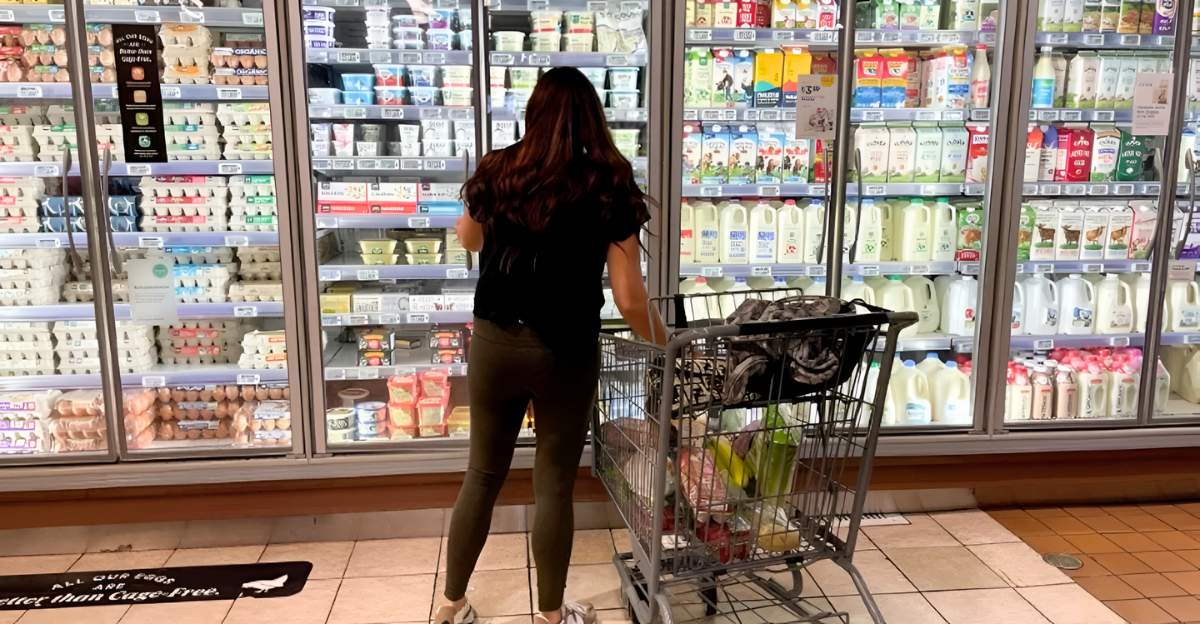
Grocery shopping in America isn’t what it used to be. Inflation, climate change, supply chain disruptions, and global demand have slowly made once-affordable staples either too expensive or really hard to find.
From breakfast basics to fan favorites, many items are now disappearing from store shelves or from shopping lists entirely. Rising food costs have changed how millions of households across America eat, cook, and shop. Let’s take a look at ten grocery items that Americans can’t buy anymore due to soaring prices.
1. Orange Juice – From Every Fridge to Mostly Forgotten

Orange juice has long been a favorite at the breakfast table, but citrus crop devastation in Florida and Brazil has driven prices through the roof.
With availability down and costs up nearly 100% in certain areas, many families are now avoiding this product. Stores are now stocking smaller quantities, and some restaurants have already started phasing it out entirely.
2. Butter – Bakers and Parents Feel the Pinch

Butter has become significantly more expensive with time, and the price hike has hit everyone, especially home bakers and parents packing lunches.
Production issues in dairy farms, international demand, and fewer cows have all led to one thing: it’s getting pricier and harder to find. Wholesale costs have surged, leaving store shelves bare or too expensive to touch. What used to be a baking staple now turns your homemade cookies into a costly treat.
3. Bacon – A Treat That’s Breaking the Bank
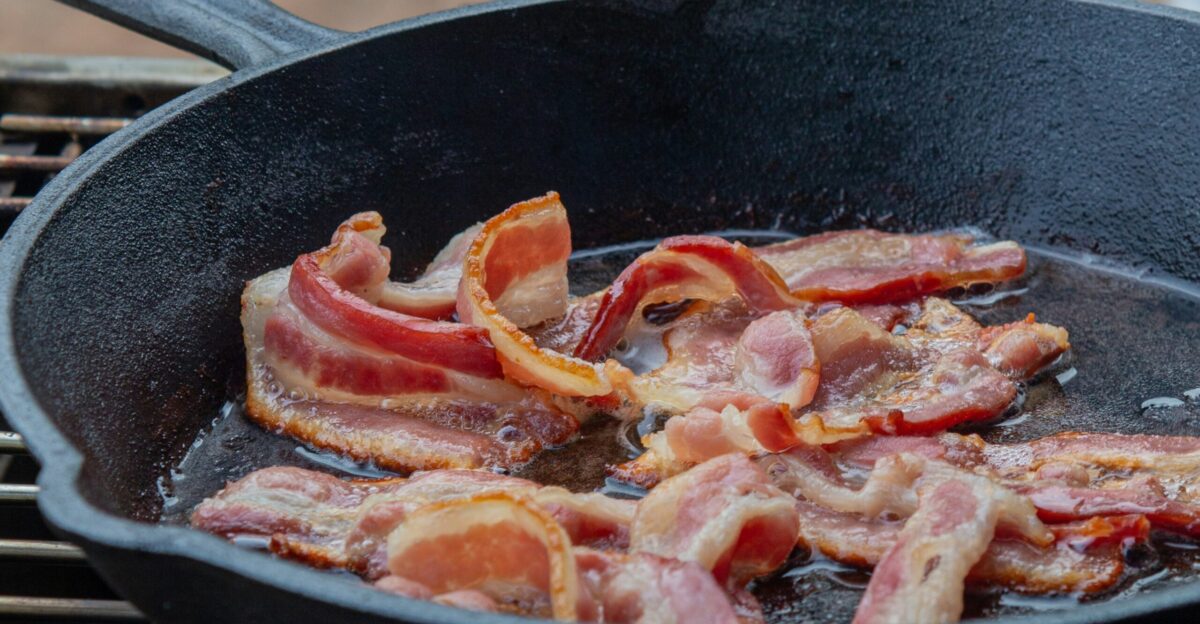
Bacon is another favorite, but it has gone from a brunch staple to a budget-breaker. Pork production costs have soared, and demand hasn’t slowed down.
Because of soaring prices, many stores have limited sales, and for some families, bacon has become an occasional luxury. Fast food chains have also reduced bacon-heavy menu items.
4. Olive Oil – Climate Chaos Hits Cooking Oil

Spain and Italy are the world’s top olive oil producers, but massive droughts have crushed harvests. Fewer olives mean less oil and much higher prices. U.S. retailers are now passing the costs to consumers.
What was once a healthy go-to ingredient is now turning into a “special occasion” ingredient in some kitchens. Climate change is reshaping what we cook with.
5. Baby Formula – Still Scary Short and Pricey
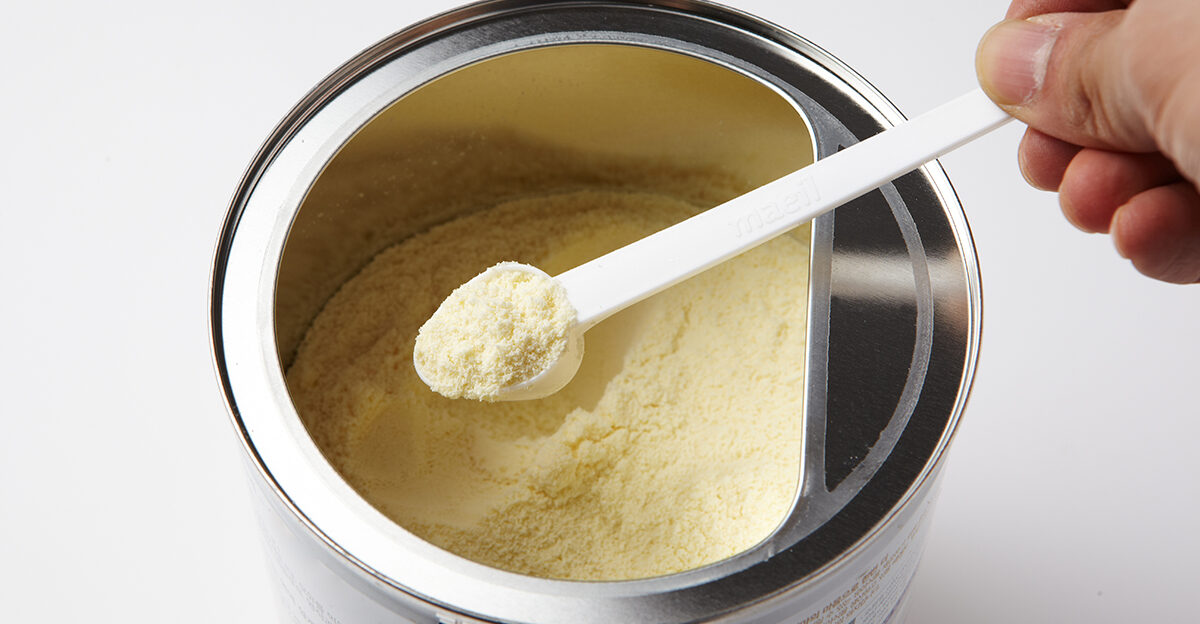
The 2022 shortage made headlines, but baby formula still has not recovered. Supply still remains shaky while prices have surged, putting many parents in difficult situations.
Import regulation hurdles, manufacturing delays, and increased demand have left baby formula supplies unreliable. Some families can barely afford this product anymore. What should be a dependable essential has turned into an ongoing struggle with long-term consequences.
6. Frozen Pizza – Your Lazy Dinner Just Got Costly

You know times are tough when even frozen pizzas have become too expensive. Rising costs for ingredients like dough, cheese, meat, and packaging have all led to inflated prices for this quick dinner favorite.
Some brands have quietly made their portions smaller or increased their prices. Frozen pizzas are no longer the affordable “plan B” dinner they once were.
7. Eggs – Still Available, But Not Always Affordable
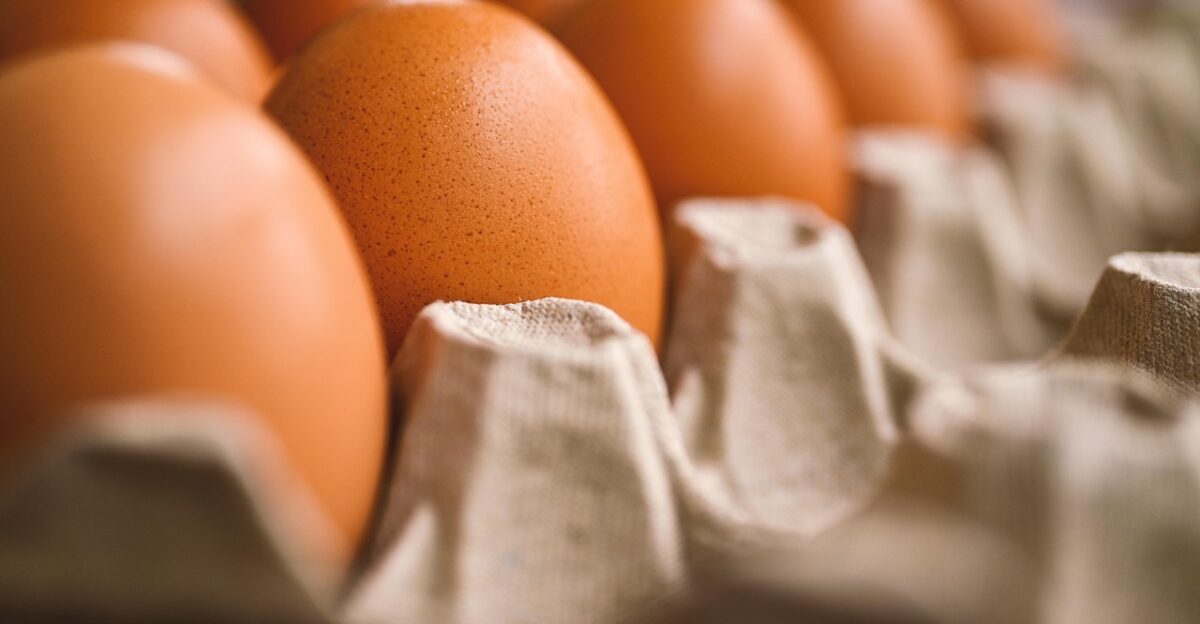
Eggs are an essential part of millions of kitchens, but the recent bird flu outbreaks, feed prices, and transportation issues have sent egg prices through the roof. While prices have somewhat leveled out, shoppers haven’t forgotten about the $7-dozen shockers of 2023.
Some people have started buying egg substitutes, while others just buy fewer eggs in general.
8. Sriracha – Hot Sauce Shortages Leave Fans Heated
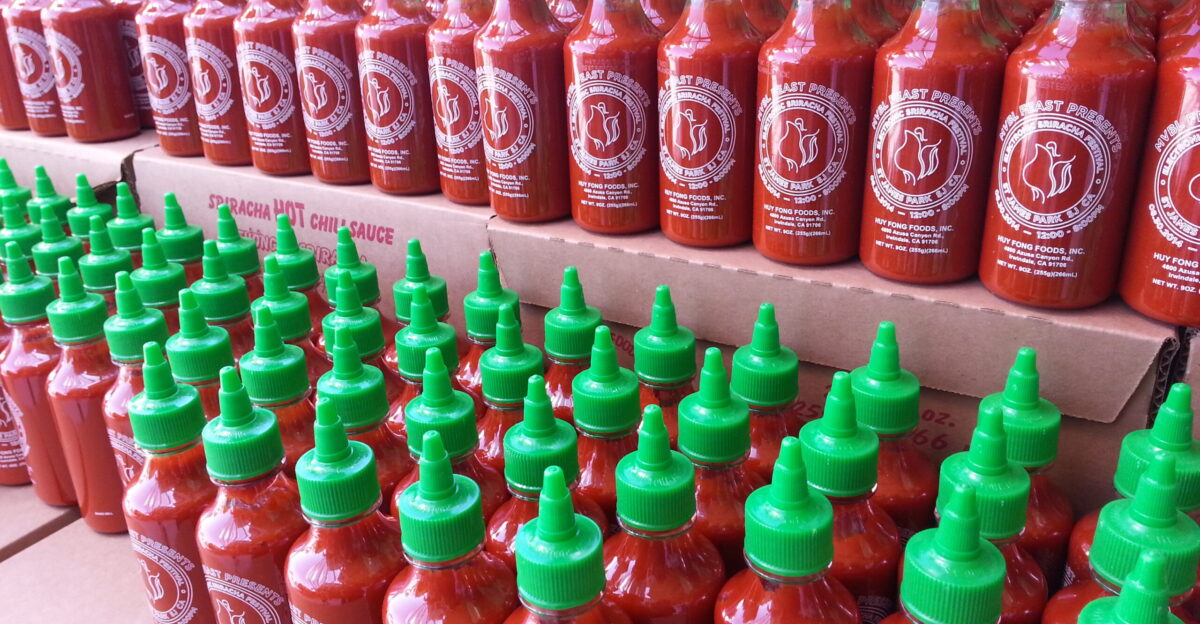
Unfortunately for spicy food lovers, crop failures have reduced the supply of red jalapeños for Huy Fong’s legendary Sriracha. Because of this, bottles vanished from stores and resale prices shot up.
Sriracha is more than just a condiment; it’s a cult item. Many restaurants scrambled to replace it, but diehard fans noticed.
9. Coffee – A Pricey Sip of Sanity

Coffee has become more than just a habit; it’s a ritual. However, unpredictable weather in Brazil and Colombia, shipping delays, and labor costs have affected supply and price.
With time, your daily cup of coffee has become way more expensive. Many coffee enjoyers are now scaling back, switching to instant, or skipping coffee shop visits entirely.
10. Grapes – The Sweet Staple Turning Premium

At a time, grapes were some of the most affordable fruit per pound, but that’s no longer the case. Costly labor, rising freight costs, and extreme weather have caused prices to soar, pushing grapes out of reach for thousands of shoppers.
Prices have doubled in some cities, making these fruits more of a treat than a toss-in-the-cart snack.